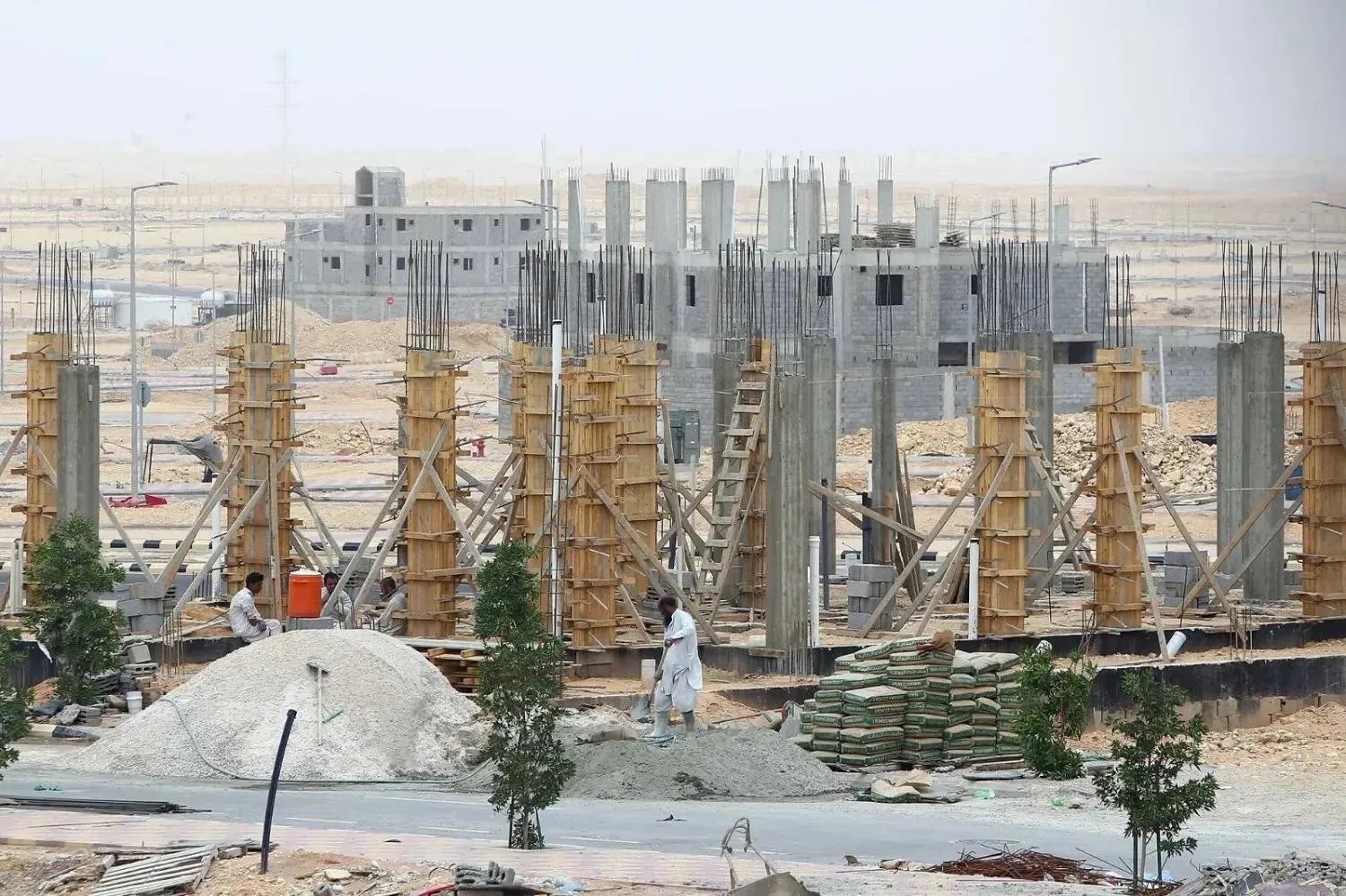The consortium consisting of EDF Renewables and Abu Dhabi Future Energy Company, Masdar, has completed the financing of the Dumat al-Jandal utility-scale wind project in Saudi Arabia, backed by Saudi and international banks.
The Renewable Energy Project Development Office, REPDO, of the Saudi Ministry of Energy, Industry and Mineral Resources awarded the $500 million Dumat al Jandal wind farm in January following a call for tenders in August 2017.
The winning consortium has submitted the most cost-competitive bid of $21.3 per megawatt-hour, Mwh.
With an installed capacity of 400 megawatts, the Dumat al-Jandal project will be Saudi Arabia’s first wind farm and the largest in the Middle East.
Led by EDF Renewables and Masdar, a subsidiary of Mubadala Investment Company, the project construction will begin shortly and commercial operations are due to start in the Q1 2022.
Vestas, a wind turbine company, is the contracted wind-turbine technology provider and responsible for the engineering, procurement and construction contract.
TSK, a Spanish industrial group, will be responsible for the balance of plant while CG Holdings will provide the substations and high-voltage solutions.
“We are delighted to take part in the country’s first wind project, which is set to be the most powerful wind farm in the Middle East,” said Bruno Bensasson, EDF Group Senior Executive President responsible for Renewable Energies, and Chairman and CEO of EDF Renewables.
“This new project demonstrates our ambitions in the country and represents another step forward under the EDF Group’s Cap 2030 strategy, which aims to double its renewable energy capacity by 2030 – both in France and worldwide – to 50GW,” he added.
“The award of Saudi Arabia’s first and the Middle East’s largest wind farm during Abu Dhabi Sustainability Week in January was a momentous occasion for our company and our partners,” stated CEO of Masdar Mohamed Jameel al-Ramahi.
“It also illustrated the depth of Saudi Arabia’s commitment to realize its bold strategy to substantially increase the contribution of renewables in its total energy mix to 27.3GW by 2024, from the wind as well as solar energy,” Ramahi explained.
He pointed out that the oversubscribed financing of the Dumat al-Jandal project further illustrates the confidence of local and international lenders and the investment community in the Kingdom’s economy and its potential as a hub for highly cost-effective renewable energy development.
The wind farm will supply electricity according to a 20-year power purchase agreement with the Saudi Power Procurement Company, a subsidiary of Saudi Electricity Company, the Saudi power generation, and distribution company.
CEO of the Saudi Power Procurement Company Osama Khawandanah, for his part, said that Dumat al-Jandal project has set the benchmark and shows the potential for onshore wind energy in the Kingdom.
“It is a new reference point and source of confidence as we continue to diversify our power generation system.”
The wind farm will be located 560 miles (896km) north of Riyadh, in the al-Jouf region.









